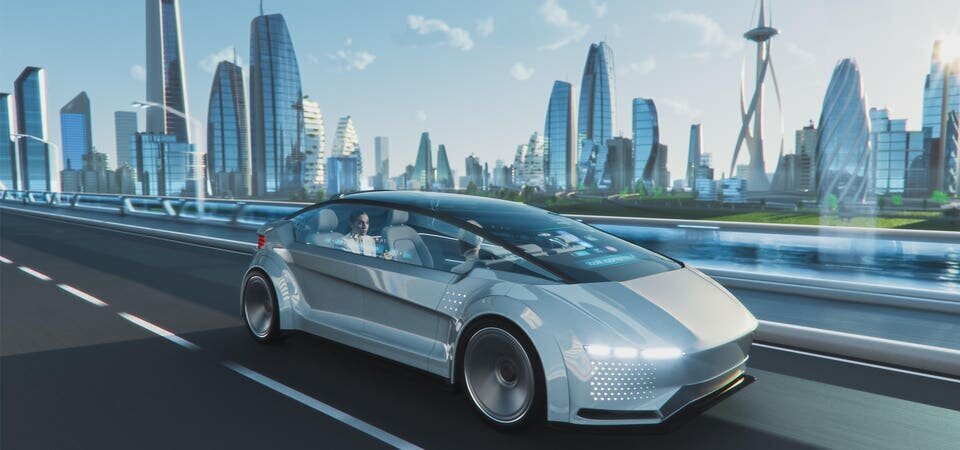Autonomous vehicles (AVs) are revolutionizing transportation by leveraging advanced AI models and frameworks to perceive their environment, make decisions, and navigate safely. Key technologies in AVs include object detection, sensor fusion, and localization.
Object Detection
Object detection is a critical component of AVs, enabling the identification and classification of various objects in the vehicle’s surroundings. This process typically involves the use of multiple sensors such as cameras, LiDAR, and radar. Cameras provide high-resolution images, LiDAR offers precise distance measurements, and radar is effective in various weather conditions. By combining these sensors, AVs can detect objects like vehicles, pedestrians, and cyclists with high accuracy. Deep learning algorithms, such as convolutional neural networks (CNNs), are often employed to enhance the detection capabilities by learning from large datasets of labeled images and sensor data[3][5].
Sensor Fusion
Sensor fusion integrates data from multiple sensors to create a comprehensive understanding of the environment. This approach mitigates the limitations of individual sensors and improves the reliability of the perception system. There are two primary methods of sensor fusion: object-level fusion and raw data fusion.
-
Object-Level Fusion: In this method, each sensor independently detects objects, and the results are then combined. While this approach is straightforward, it can lead to inconsistencies if different sensors provide conflicting information[2].
-
Raw Data Fusion: This method involves combining raw data from all sensors before object detection, resulting in a more accurate and detailed 3D model of the environment. This fusion approach enhances the signal-to-noise ratio and reduces false alarms, providing a more reliable basis for decision-making[2][3].
Localization
Localization refers to determining the precise position of the vehicle within its environment. Accurate localization is essential for navigation and path planning. AVs use a combination of GPS, inertial measurement units (IMUs), and visual odometry to achieve this. Sensor fusion techniques, such as the Extended Kalman Filter (EKF), are commonly used to integrate data from these sources, providing robust and accurate localization even in challenging urban environments[3][4].
Applications and Challenges
The integration of these technologies enables AVs to navigate complex environments safely. However, challenges remain, such as ensuring the reliability of sensor data in adverse conditions and improving the computational efficiency of AI models. Ongoing research focuses on enhancing sensor fusion algorithms and developing more robust object detection frameworks to address these challenges[1][5].
In conclusion, the combination of object detection, sensor fusion, and localization forms the backbone of autonomous vehicle technology, enabling safe and efficient navigation. Continuous advancements in these areas are paving the way for the widespread adoption of AVs.
References:
– [1] IEEE Xplore, “Sensors and Sensor Fusion in Autonomous Vehicles.”
– [2] LeddarTech, “Fundamentals of Sensor Fusion and Perception.”
– [3] MDPI, “Deep Learning Sensor Fusion for Autonomous Vehicle Perception and Localization: A Review.”
– [4] ResearchGate, “Multi Sensor Fusion for Navigation and Mapping in Autonomous Vehicles.”
– [5] NCBI, “Sensor and Sensor Fusion Technology in Autonomous Vehicles.”
Further Reading
1. Sensors and Sensor Fusion in Autonomous Vehicles | IEEE Conference Publication | IEEE Xplore
2. Sensor Fusion and Perception Technology Fundamentals – FAQ
3. Sensors | Free Full-Text | Deep Learning Sensor Fusion for Autonomous Vehicle Perception and Localization: A Review
4. (PDF) Multi Sensor Fusion for Navigation and Mapping in Autonomous Vehicles: Accurate Localization in Urban Environments
5. Sensor and Sensor Fusion Technology in Autonomous Vehicles: A Review – PMC


